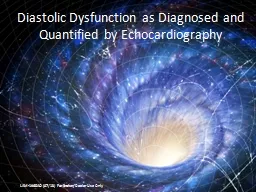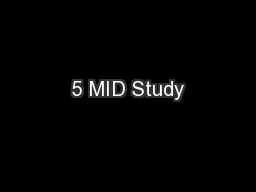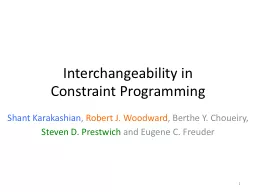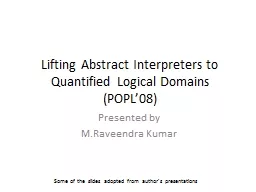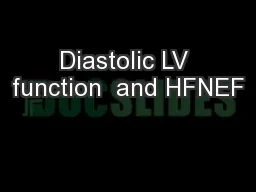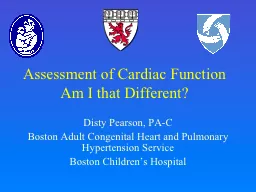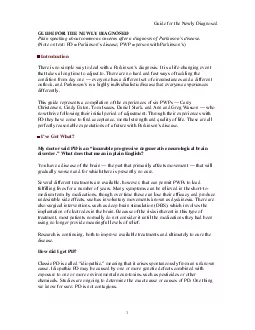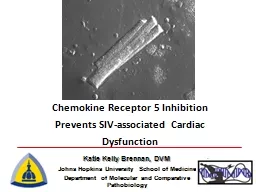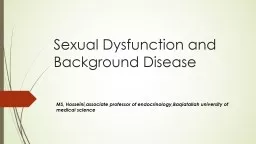PPT-Diastolic Dysfunction as Diagnosed and Quantified by Echoca
Author : tawny-fly | Published Date : 2016-03-21
LAM 1965AO 0713 For BrokerDealer Use Only Diastole and Systole Diastole The normal rhythmically occurring relaxation and dilatation of the heart chambers especially
Presentation Embed Code
Download Presentation
Download Presentation The PPT/PDF document "Diastolic Dysfunction as Diagnosed and Q..." is the property of its rightful owner. Permission is granted to download and print the materials on this website for personal, non-commercial use only, and to display it on your personal computer provided you do not modify the materials and that you retain all copyright notices contained in the materials. By downloading content from our website, you accept the terms of this agreement.
Diastolic Dysfunction as Diagnosed and Quantified by Echoca: Transcript
Download Rules Of Document
"Diastolic Dysfunction as Diagnosed and Quantified by Echoca"The content belongs to its owner. You may download and print it for personal use, without modification, and keep all copyright notices. By downloading, you agree to these terms.
Related Documents

